blog - greenhouse glazing
Greenhouse Glazing Options
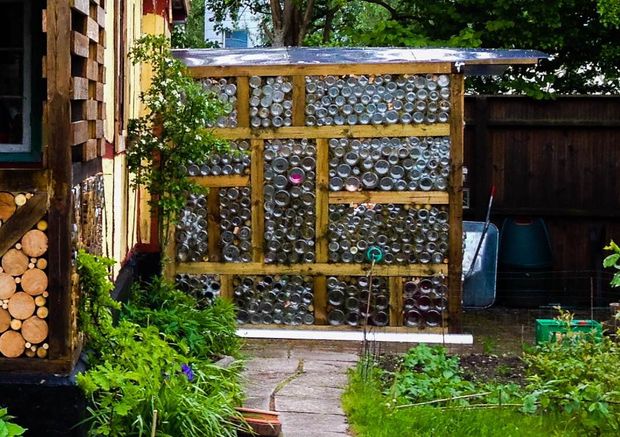 Once you have selected the greenhouse design that best fits your needs (see my previous blog post for the details on greenhouse design options), selecting the type of material that will be used for the glazing (the transparent material that lets light through) becomes an important factor related to cost, performance and long term durability.
Once you have selected the greenhouse design that best fits your needs (see my previous blog post for the details on greenhouse design options), selecting the type of material that will be used for the glazing (the transparent material that lets light through) becomes an important factor related to cost, performance and long term durability.
When evaluating the main glazing material options commonly available on the market today, it is important to evaluate a variety of performance factors in balance with the cost. The performance factors that I consider to be the most important are light transmittance, insulating value, durability, flexibility, and lifespan. As I look at each of these options, I will be assigning the material a rating of 1 to 10 for each category. A value of 1 will mean it has the poorest performance, while a 10 will mean it has the best possible performance.
Light transmittance is a critical performance factor given that it directly impacts the amount of light that can pass through the glazing material, which provides fuel for plants and a source of heat. The higher the amount of light transmittance a given material offers, the more sunlight that can enter the greenhouse. So, having a high light transmittance value is a very important factor when selecting your glazing material.
The insulating value that a glazing material offers is its ability to prevent the transfer of heat from one side of the glazing material to the other (inside to outside the greenhouse). The reality is that none of the available glazing materials offer a good insulating value installed as a single thickness. It is only the ability to install the glazing in a minimum of two layers, creating an airspace between the layers, that offers an appreciable insulating value. Given this consideration, my assessment of the insulating value will be based on the ability to install the glazing as two layers with the required airspace.
Durability will be evaluated from the perspective of how well the material can withstand blunt force impacts without cracking or shattering. The types of blunt force impacts that might commonly cause damage to the greenhouse glazing would be large hail stones or falling tree branches. While all types of glazing can be broken with a significant enough amount of force, a good glazing material should be able to weather a strong storm without being damaged.
The criteria of flexibility is being included to consider a material’s ability to be cut, bent and/or shaped in some way in order to accommodate the style and configuration of the greenhouse structure. The level of importance that this performance factor has on your specific greenhouse will depend on the style you have selected. If your greenhouse configuration requires a significant amount of angled and/or bent glazing panels, this will be an important consideration. If your greenhouse uses only straight panels of rectangular shapes, this performance factor will have little impact on your decision of which glazing material to choose.
Lifespan is the final performance factor being considered with each glazing material. The lifespan is being evaluated on the materials ability to withstand ultraviolet (UV) degradation caused by the sun. The UV from sunlight can cause many materials to yellow and/or dry out, becoming brittle and breaking over time. As advancements in technology have allowed, many glazing products now have UV stabilizers included, making them less susceptible to the effects of UV exposure.
Now we can take a look at some specific glazing materials that are commonly available.
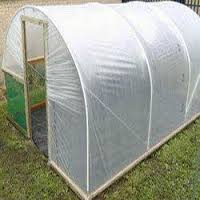 Polyethylene Film: This product is often referred to as “poly” or “plastic” sheeting. While polyethylene film is one of the lowest cost glazing materials available, it is also the lowest performing material in all of the categories that we are considering, with the exception of flexibility. As a pliable sheeting product, this material is the most flexible for fitting to almost any greenhouse structure. The following are my performance rankings for this material. Cost: 10, Light Transmittance: 6, Insulating Value: 5, Durability: 1 Flexibility: 9, Lifespan: 3.
Polyethylene Film: This product is often referred to as “poly” or “plastic” sheeting. While polyethylene film is one of the lowest cost glazing materials available, it is also the lowest performing material in all of the categories that we are considering, with the exception of flexibility. As a pliable sheeting product, this material is the most flexible for fitting to almost any greenhouse structure. The following are my performance rankings for this material. Cost: 10, Light Transmittance: 6, Insulating Value: 5, Durability: 1 Flexibility: 9, Lifespan: 3.
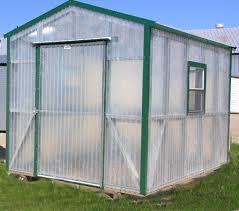 Fiberglass: This material has been used for a long time and while it is rather durable when new, it is known for its unfortunate tendency to yellow and become brittle after a few years of UV exposure. The following are my performance rankings for this material. Cost: 5, Light Transmittance: 6, Insulating Value: 6, Durability: 6 Flexibility: 7, Lifespan: 4.
Fiberglass: This material has been used for a long time and while it is rather durable when new, it is known for its unfortunate tendency to yellow and become brittle after a few years of UV exposure. The following are my performance rankings for this material. Cost: 5, Light Transmittance: 6, Insulating Value: 6, Durability: 6 Flexibility: 7, Lifespan: 4.
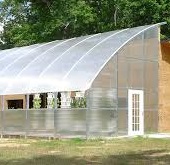 Acrylic: Sheets of acrylic are commonly known as “plexiglass.” This material is less commonly used due to relatively higher cost and issues associated with the surface becoming somewhat easily scratched. One of the advantages that acrylic offers is the ability to heat it and bend it into custom shapes. It is however more susceptible to fractures and shattering than some other materials. The following are my performance rankings for this material. Cost: 3, Light Transmittance: 8, Insulating Value: 7, Durability: 5, Flexibility: 8, Lifespan: 7.
Acrylic: Sheets of acrylic are commonly known as “plexiglass.” This material is less commonly used due to relatively higher cost and issues associated with the surface becoming somewhat easily scratched. One of the advantages that acrylic offers is the ability to heat it and bend it into custom shapes. It is however more susceptible to fractures and shattering than some other materials. The following are my performance rankings for this material. Cost: 3, Light Transmittance: 8, Insulating Value: 7, Durability: 5, Flexibility: 8, Lifespan: 7.
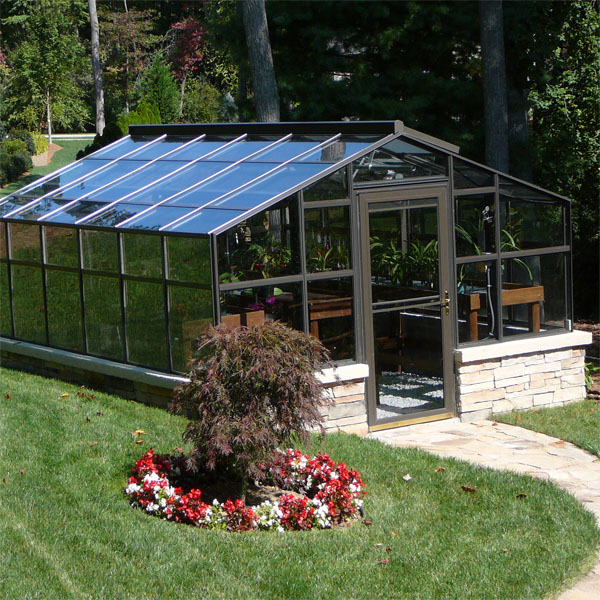 Glass (clear): The use of glass as a greenhouse glazing material spans back a few hundred years. With advancements in technology, the options that are now available are rather diverse. In addition to double and triple pane glazing assemblies, which create the dead airspace in order to improve the thermal performance, options also include special coatings that can block certain wavelengths of light and/or prevent the light from reflecting back out of the greenhouse once it has passed through the glass into the space (sometimes referred to as low-e coatings). The specialized coatings make the glass so expensive, that it is no longer practical to consider for the average person who is looking to invest in a greenhouse. Considering that the use of glass as a greenhouse glazing material is already the most expensive option, I will only be considering standard single or double pane varieties when evaluating the performance of this material. While glass does offer the highest level of light transmittance, the fact that it is also the most expensive material and that it can be broken rather easily, makes it hard to recommend glass as the material of choice for the majority of situations. For the person who has a large budget and a location that is not likely to be threatened by hail, falling branches or other such potentially damaging situations, glass can be the most efficient long lifespan glazing material. However, since most people do face conditions that pose a threat of damage to their greenhouse, my assessment of this material will account for the most likely environmental conditions. Based on this approach, my performance rankings for this material are as follows. Cost: 1, Light Transmittance: 10, Insulating Value: 8, Durability: 2, Flexibility: 4, Lifespan: 9.
Glass (clear): The use of glass as a greenhouse glazing material spans back a few hundred years. With advancements in technology, the options that are now available are rather diverse. In addition to double and triple pane glazing assemblies, which create the dead airspace in order to improve the thermal performance, options also include special coatings that can block certain wavelengths of light and/or prevent the light from reflecting back out of the greenhouse once it has passed through the glass into the space (sometimes referred to as low-e coatings). The specialized coatings make the glass so expensive, that it is no longer practical to consider for the average person who is looking to invest in a greenhouse. Considering that the use of glass as a greenhouse glazing material is already the most expensive option, I will only be considering standard single or double pane varieties when evaluating the performance of this material. While glass does offer the highest level of light transmittance, the fact that it is also the most expensive material and that it can be broken rather easily, makes it hard to recommend glass as the material of choice for the majority of situations. For the person who has a large budget and a location that is not likely to be threatened by hail, falling branches or other such potentially damaging situations, glass can be the most efficient long lifespan glazing material. However, since most people do face conditions that pose a threat of damage to their greenhouse, my assessment of this material will account for the most likely environmental conditions. Based on this approach, my performance rankings for this material are as follows. Cost: 1, Light Transmittance: 10, Insulating Value: 8, Durability: 2, Flexibility: 4, Lifespan: 9.
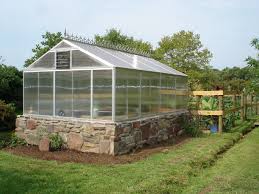 Polycarbonate: This material has been re-engineered in recent years to include UV stabilizers and a greater level of clarity, improving its light transmittance and lifespan. Polycarbonate is essentially an impact resistant durable plastic that comes in a variety of styles. The two most common styles that are applicable for use as greenhouse glazing are single layer roofing panels and insulated multi-layer panels (similar to the structure of corrugated cardboard). While the insulated panels offer greater thermal performance, they also add a significant amount of cost and require the use of a frame system that reduces the flexibility of installation and makes it more difficult to provide a watertight enclosure. For the purposes of this evaluation, I will be offering my perspective on the performance of the single layer roof panels, which can be installed in a variety of ways to create a double layered system with a dead air space between the two layers (this is also true for fiberglass roof panels and acrylic sheets). The following are my performance rankings for this material. Cost: 4, Light Transmittance: 8, Insulating Value: 7, Durability: 8, Flexibility: 7, Lifespan: 8.
Polycarbonate: This material has been re-engineered in recent years to include UV stabilizers and a greater level of clarity, improving its light transmittance and lifespan. Polycarbonate is essentially an impact resistant durable plastic that comes in a variety of styles. The two most common styles that are applicable for use as greenhouse glazing are single layer roofing panels and insulated multi-layer panels (similar to the structure of corrugated cardboard). While the insulated panels offer greater thermal performance, they also add a significant amount of cost and require the use of a frame system that reduces the flexibility of installation and makes it more difficult to provide a watertight enclosure. For the purposes of this evaluation, I will be offering my perspective on the performance of the single layer roof panels, which can be installed in a variety of ways to create a double layered system with a dead air space between the two layers (this is also true for fiberglass roof panels and acrylic sheets). The following are my performance rankings for this material. Cost: 4, Light Transmittance: 8, Insulating Value: 7, Durability: 8, Flexibility: 7, Lifespan: 8.
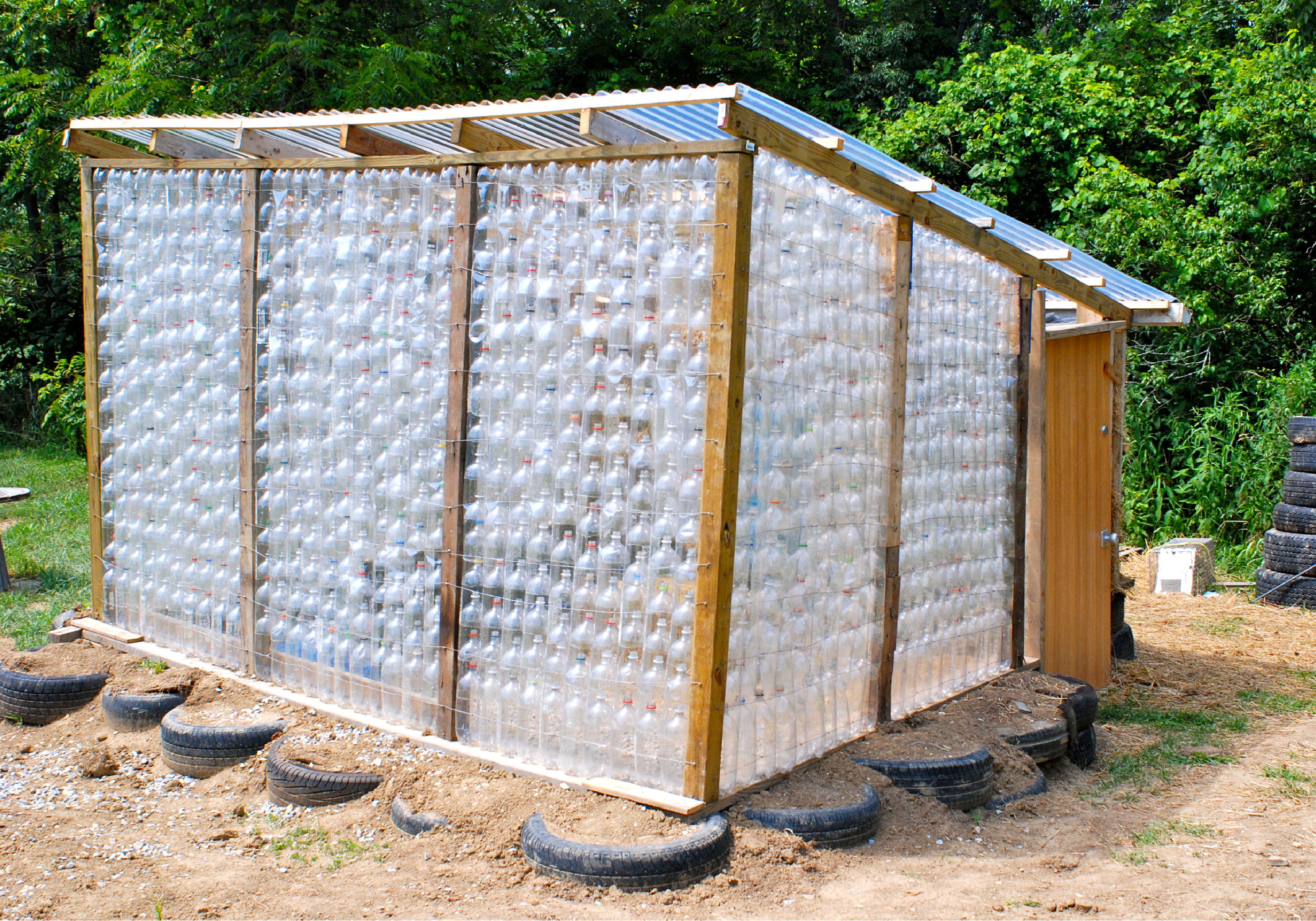 Other materials to consider are those that have been repurposed, such as glass and/or plastic bottles. Many methods of constructing walls and roofs from these repurposed materials can be found in books and online resources. One of the keys to gaining the greatest benefit from these materials is to cap the mouth of the bottles in order to create a dead airspace within the body of the bottle, significantly increasing its thermal performance. Keep in mind that glass bottles can be more difficult to work with due to their weight, but will have a much longer lifespan potential, since plastic bottles tend to lack any UV stabilizers, meaning that the sunlight will make them brittle rather quickly.
Other materials to consider are those that have been repurposed, such as glass and/or plastic bottles. Many methods of constructing walls and roofs from these repurposed materials can be found in books and online resources. One of the keys to gaining the greatest benefit from these materials is to cap the mouth of the bottles in order to create a dead airspace within the body of the bottle, significantly increasing its thermal performance. Keep in mind that glass bottles can be more difficult to work with due to their weight, but will have a much longer lifespan potential, since plastic bottles tend to lack any UV stabilizers, meaning that the sunlight will make them brittle rather quickly.
Choosing the best glazing material for your greenhouse application will ultimately come down to balancing your available budget against the style of greenhouse you plan to build and the likelihood of damage to the glazing. Regardless of which material you choose, I suggest always keeping some additional stock on hand for making repairs. While a greenhouse can be a great resource, it only takes one broken panel on a night with the temperatures below freezing to destroy an entire crop of food and months of hard work. So plan ahead and be prepared.
Helping you achieve a life of liberty.

© 2023 Strategic Landscape Design
